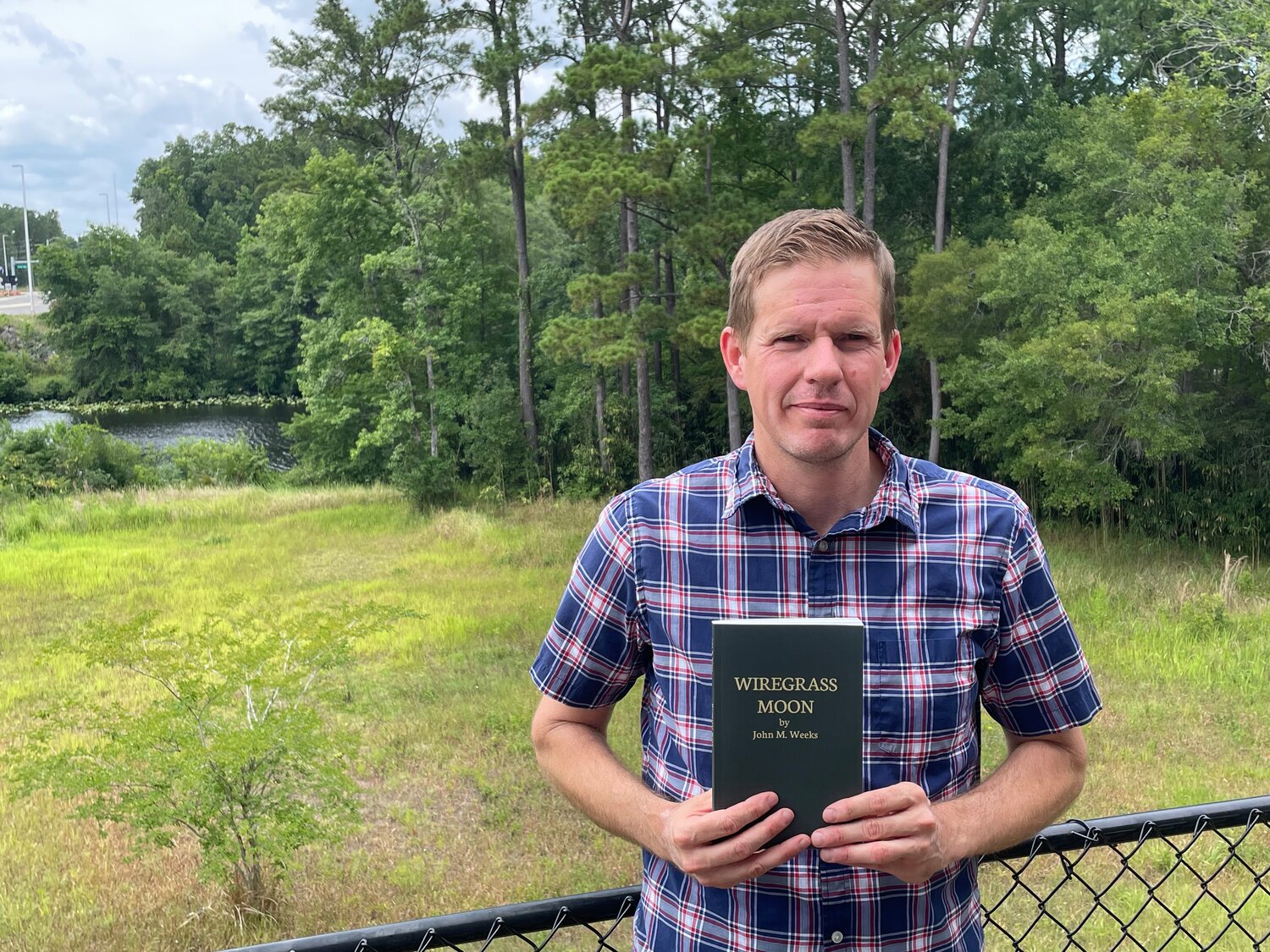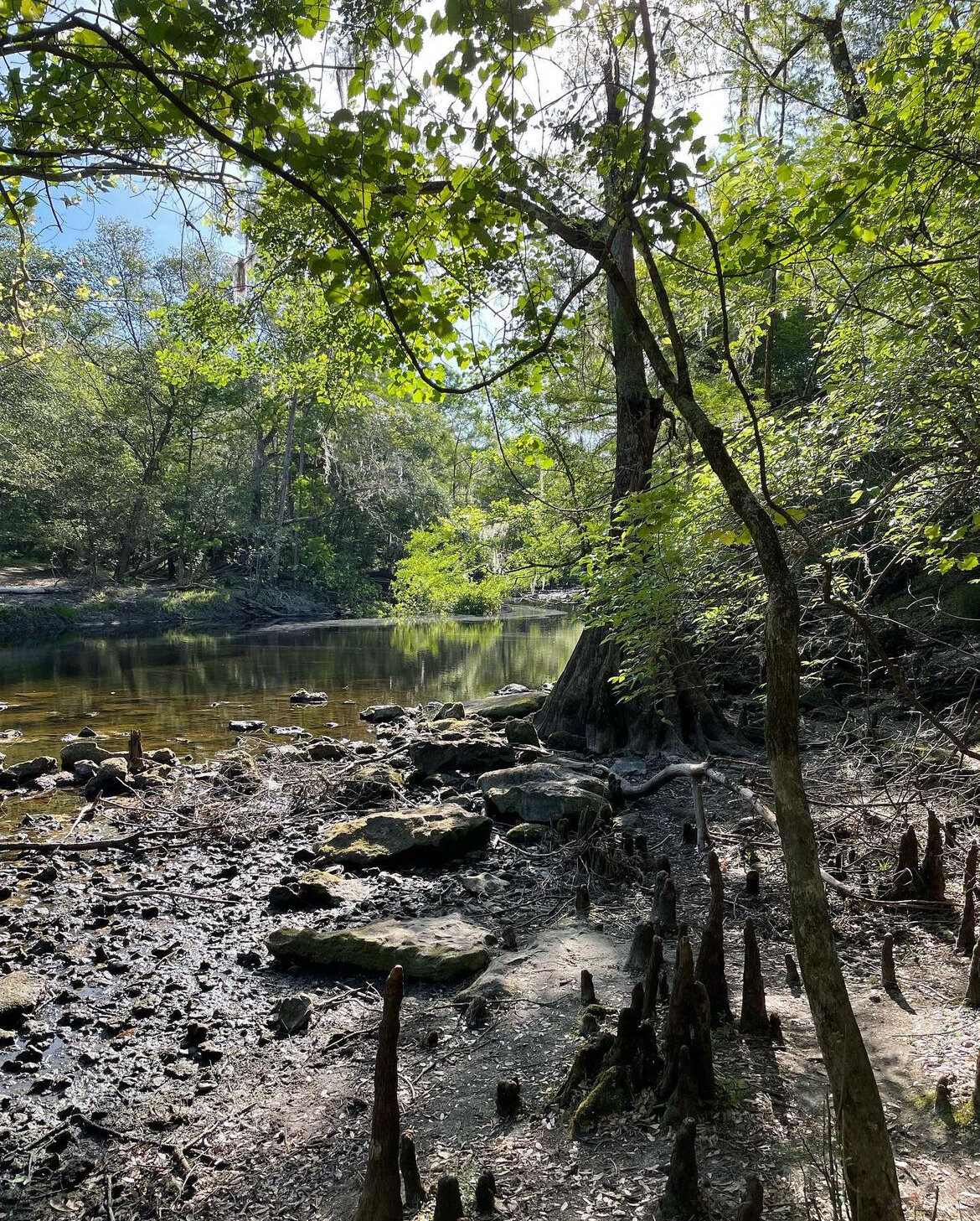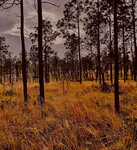Review of 'Wiregrass Moon' by John M. Weeks
jack@claytodayonline.com
KEYSTONE HEIGHTS — For his first published poetry collection, John M. Weeks put his ear up to Northeast Florida's natural environments and transcribed its echoes and songs. "Wiregrass Moon," …
This item is available in full to subscribers.
Attention subscribers
To continue reading, you will need to either log in to your subscriber account, below, or purchase a new subscription.
Please log in to continueDon't have an ID?Print subscribersIf you're a print subscriber, but do not yet have an online account, click here to create one. Non-subscribersClick here to see your options for subscribing. Single day passYou also have the option of purchasing 24 hours of access, for $1.00. Click here to purchase a single day pass. |
Review of 'Wiregrass Moon' by John M. Weeks
KEYSTONE HEIGHTS — For his first published poetry collection, John M. Weeks put his ear up to Northeast Florida's natural environment and transcribed its echoes and songs.
"Wiregrass Moon," released on Amazon on June 7, begins with Weeks standing out at dusk on a cold winter evening, absorbing his surroundings. As the sun sets and darkness rolls over, he wistfully envisions "summer's chartreuse."
His poetry is both a catalog of Florida's changing seasons — from winter to spring, summer, autumn and back to winter again — and a contemplation of time, change, death and renewal.
Despite what the northern transplants might say, Florida actually does enjoy seasons. While Florida's subtropical climate lends itself to a different ecology than snowbirds may be used to, it is nonetheless unique and beautiful in its own way.
Weeks said he's been writing poetry for five years, although his journeys through Florida's wildlife have been lifelong. "Little Ocean" and "Little Ocean, Part II" describe Lowry Lake (one of the first in the Etonia Chain of Lakes). "Controlled Burn" describes the barren, ashy landscape in Gold Head State Park, the aftermath of one of Florida's fiery and unique spectacles. "Bees on Orange Blossoms," a quintessentially Floridian scene, was encountered in Week's backyard.
Themes of renewal and absolution are illustrated in "Santa Fe River," which describes the real-life geology of the river plus Weeks' own reflections. Weeks describes how the river, colored dark by dissolved tannin, travels briefly underground through a sinkhole and reemerges filtered and clear on the other side.
"The Santa Fe River begins in Santa Fe Lake, and it runs off into this swamp. It starts off not as much at all. Over time it flows through pinewoods, hardwoods and it continues west where it undergoes that transition," Weeks said in an interview with Clay Today.
"It is moving, and it does not flow back. It's about change and new experiences in life. When thinking about such an ancient river, we, as humans, have experienced such a short amount of time," he said.
Weeks characterizes and describes animals he encountered along his temporal journey such as Black Creek crayfish, blue-winged teal, alligators and a venomous coral snake.
Weeks is a teacher at Q. I. Roberts Jr.-Sr. High, and he also writes music. His band, Leaning Trees, is an eclectic and catchy blend of rock and roll, blues and folk. Weeks' melodic voice smoothly spreads over melancholic and introspective lyrics. Nature is a common motif, much like "Wiregrass Moon."
"I've found freedom in poetry. I spent my whole life in the environment out here. It was a lot of fun," Weeks said, describing the calendar year-long project.
You can read "Our Part of the River," an excerpt from "Wiregrass Moon."












